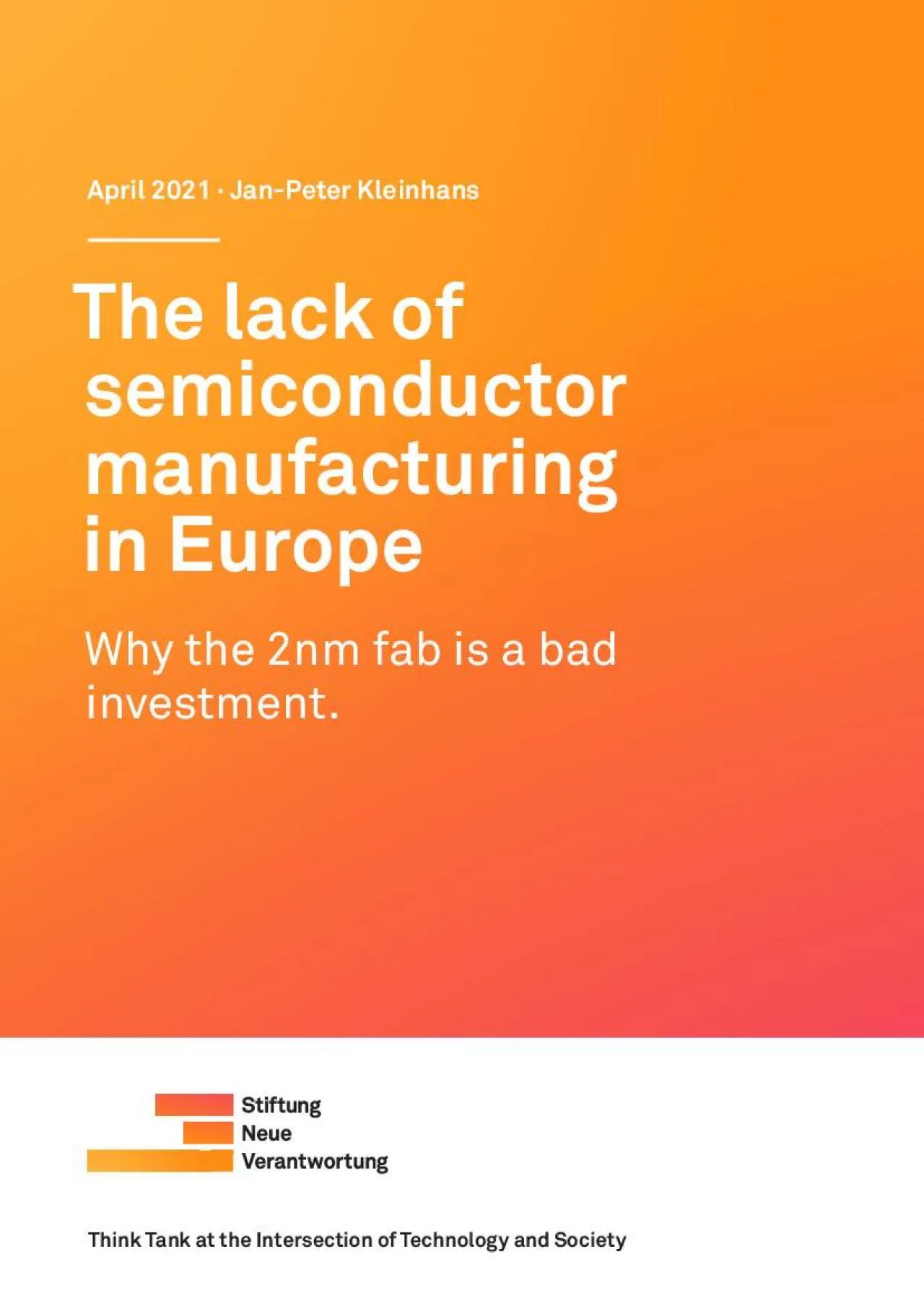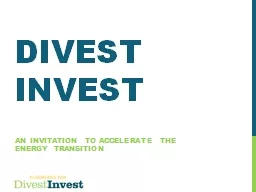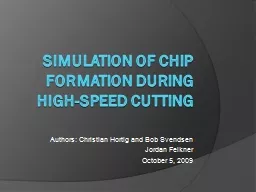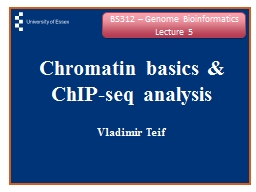PDF-Why the EU needs to invest in chip design
Author : dandy | Published Date : 2021-10-08
EUs central weakness regarding semiconductors This paper argues that the strong focus on establishing cuttingedge fabs in the EU is illadvised and the wrong rst
Presentation Embed Code
Download Presentation
Download Presentation The PPT/PDF document "Why the EU needs to invest in chip des..." is the property of its rightful owner. Permission is granted to download and print the materials on this website for personal, non-commercial use only, and to display it on your personal computer provided you do not modify the materials and that you retain all copyright notices contained in the materials. By downloading content from our website, you accept the terms of this agreement.
Why the EU needs to invest in chip design: Transcript
Download Rules Of Document
"Why the EU needs to invest in chip design"The content belongs to its owner. You may download and print it for personal use, without modification, and keep all copyright notices. By downloading, you agree to these terms.
Related Documents














